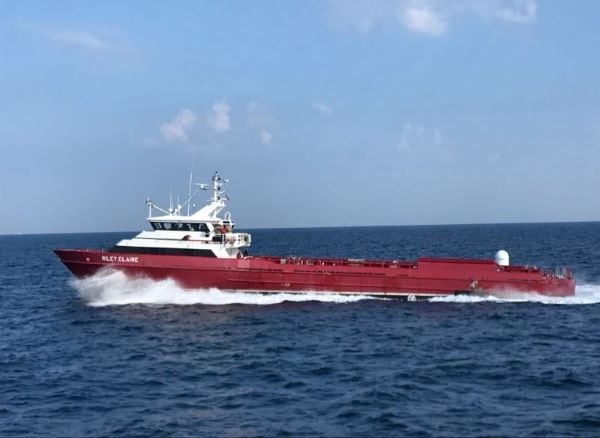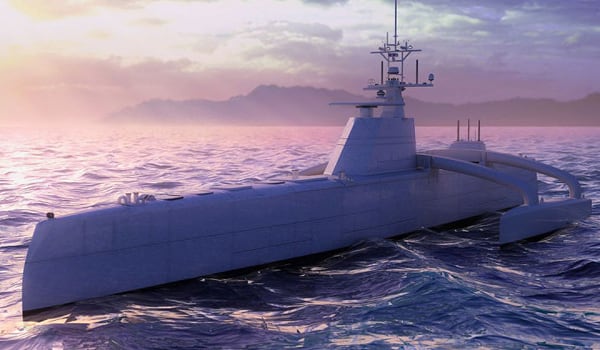WASHINGTON — The U.S. Navy is requesting $21.5 million to fund ongoing studies on what the service will look like in 2045 once its fleet of Ticonderoga-class cruisers and many of the Arleigh Burke-class destroyers no longer rules the waves, according to budget documents released Feb. 10.
The bulk of the requested funding will go toward future surface combatant studies that are funded this year to the tune of $33 million.
“This effort will lay the analytic foundation for the development of the Future Surface Combatant Force,” the documents read. “Ships produced from this effort will fill critical gaps in the fleet in the 2045 timeframe created by the decommissioning of CG 47, DDG 51, and LCS 1 [and] 2 ships.”
The effort seems aimed at integrating as much unmanned technology as possible into a future fleet.
“Unmanned surface vessels concepts and CONOPS will be developed to decouple mission capability from manned force structure,” the budget book read, using an acronym for “concept of operations.”
RELATED

The Navy has in recent months become more vocal about the need to move to unmanned surface technology as a means of increasing the reach of Navy sensors and weapons without spending billions of dollars on large surface combatants. Indeed, the Navy has sought to scale back investment in large surface combatants, appearing to cancel five of the 13 Flight III Arleigh Burke-class destroyers in the budget.
The studies are aimed at “concept development engineering, mission effectiveness analysis, force architecture analysis, and other analyses for formulation of future surface ship force structure along with development of the platforms, payloads, people and processes required to accomplish these efforts,” Navy budget documents read.
“Advanced ship concept studies, ship and ship systems technology assessments, and the development and upgrade of ship concept design and engineering tools, methods, and criteria are funded in this project,” it continued.
RELATED

Early days
The work in 2020 includes completion of initial requirements for unmanned surface vehicles and the development of a technology investment strategy to invest in tech the Navy thinks it will need to enable the fleet of tomorrow but that doesn’t yet exist.
The work is still early on, but the Navy thinks it will be integral to the success of the future fleet. That’s vital since the Navy is coming off a very unsuccessful transformation that saw the next-generation destroyer truncated to three ships, the next-generation cruiser canceled and the littoral combat ship truncated, with the first four ships already up for decommissioning with as little as six years of service life on them.
“This project provides the foundation for an affordable and mission capable surface ship force,” the documents read. “It also supports the next step in the development of a transformed naval force by accomplishing the [early development] efforts for all potential surface combatants.
“These efforts are the required first step in the identification of relevant, effective, and affordable platform requirements for the future force.”
The surface Navy was recently directed by the head of Fleet Forces Command to study and develop initial concepts of operations for unmanned surface vessels, which will be hammered out and tested at the newly established Surface Development Squadron.
SURFDEVRON will be home to new technologies such as the Sea Hunter drone and the DDG-1000 class.
David B. Larter was the naval warfare reporter for Defense News.








